Commemorating British icons in the design of coins
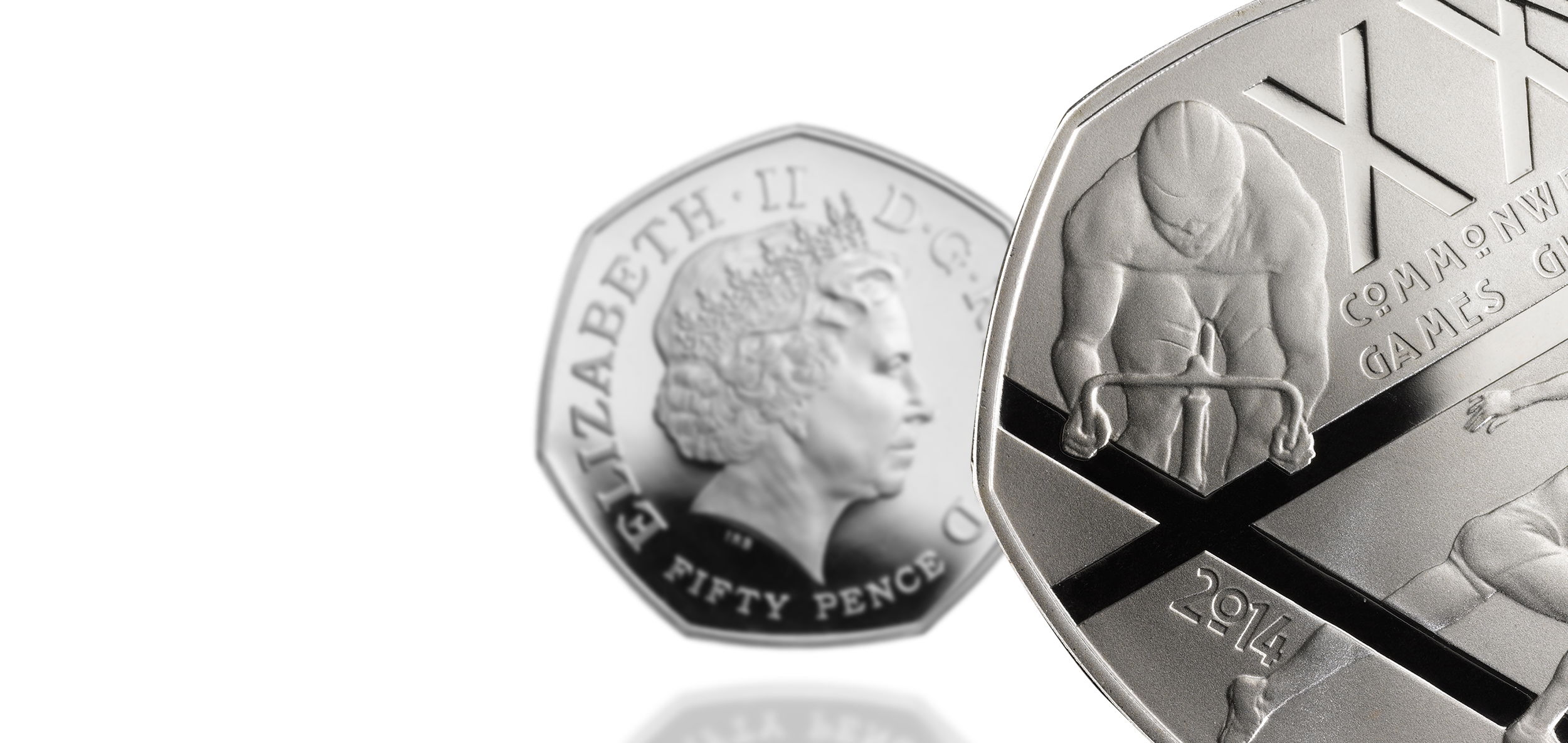
No product is too small to design, and we were thrilled when Britain’s Royal Mint invited us to submit concepts for the design of the reverse side of commemorative fifty pence coins, to be launched to celebrate the 2014 Commonwealth Games in Glasgow.
The designs needed to capture the ‘significance and friendly spirit’ of the games, with The Royal Mint Advisory Committee inspecting entries and selecting a winner. Final approval would be for the Chancellor of the Exchequer and, ultimately, HRH The Queen herself.
Services
- Ideation and Sketching
- Visual Identity
- Product Design

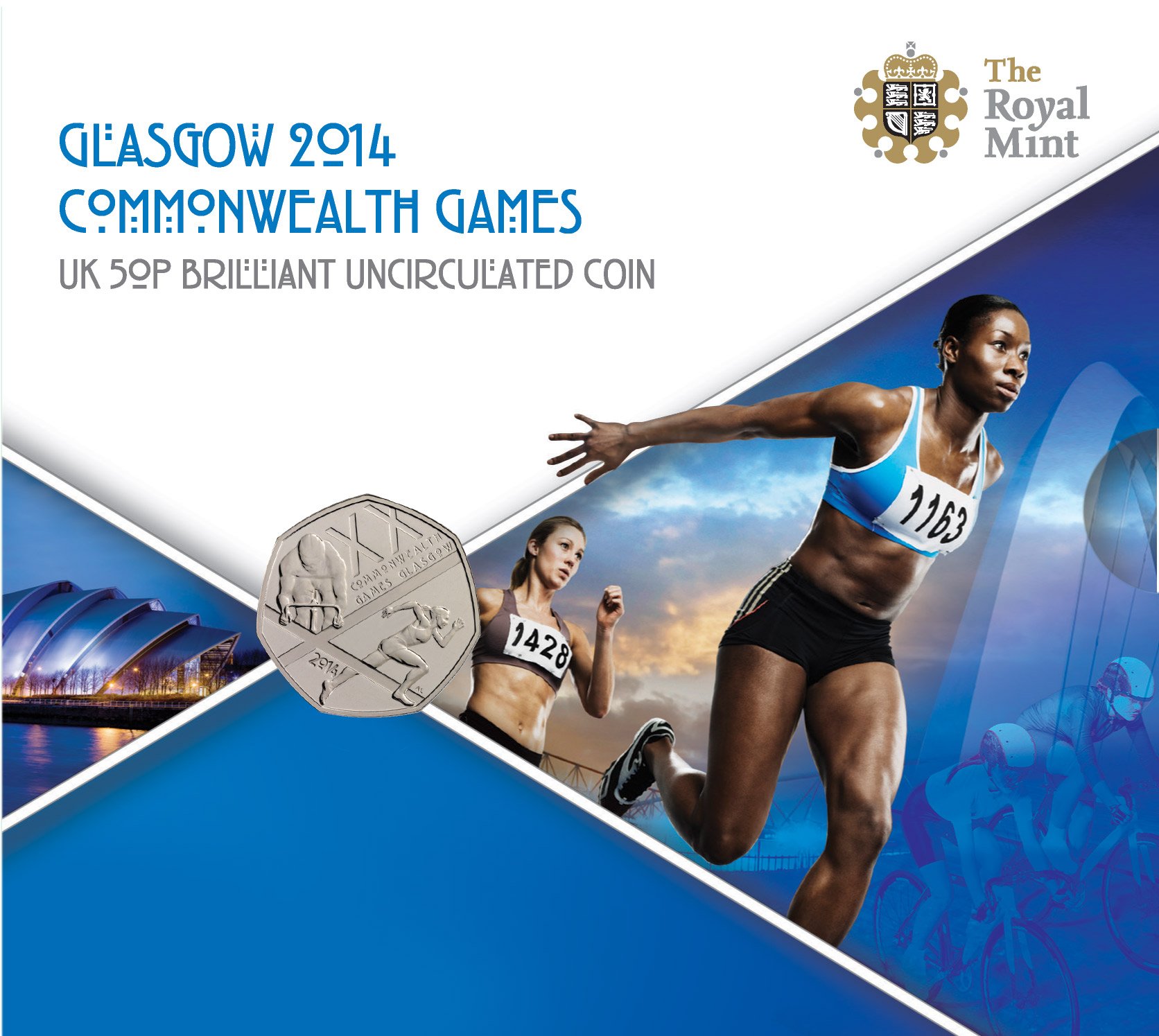
Learning
The multi-national team working in our London office helped to shape the thinking around how we might evoke the range of culture, heritage and national pride found within the Commonwealth on something so small as a coin. The design would also need instantly to reflect the athletes whose power and grace made the ‘friendly games’.
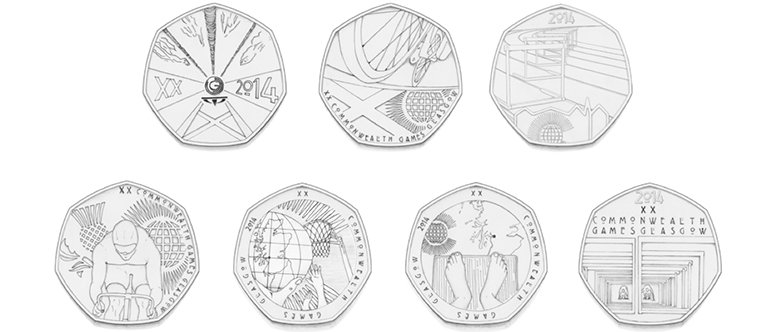
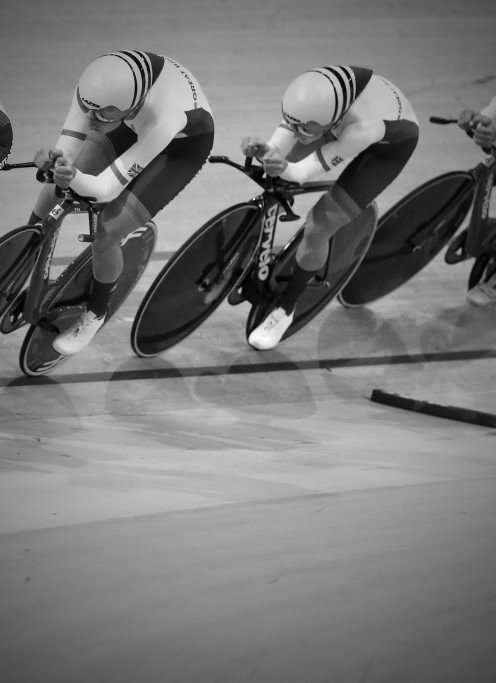
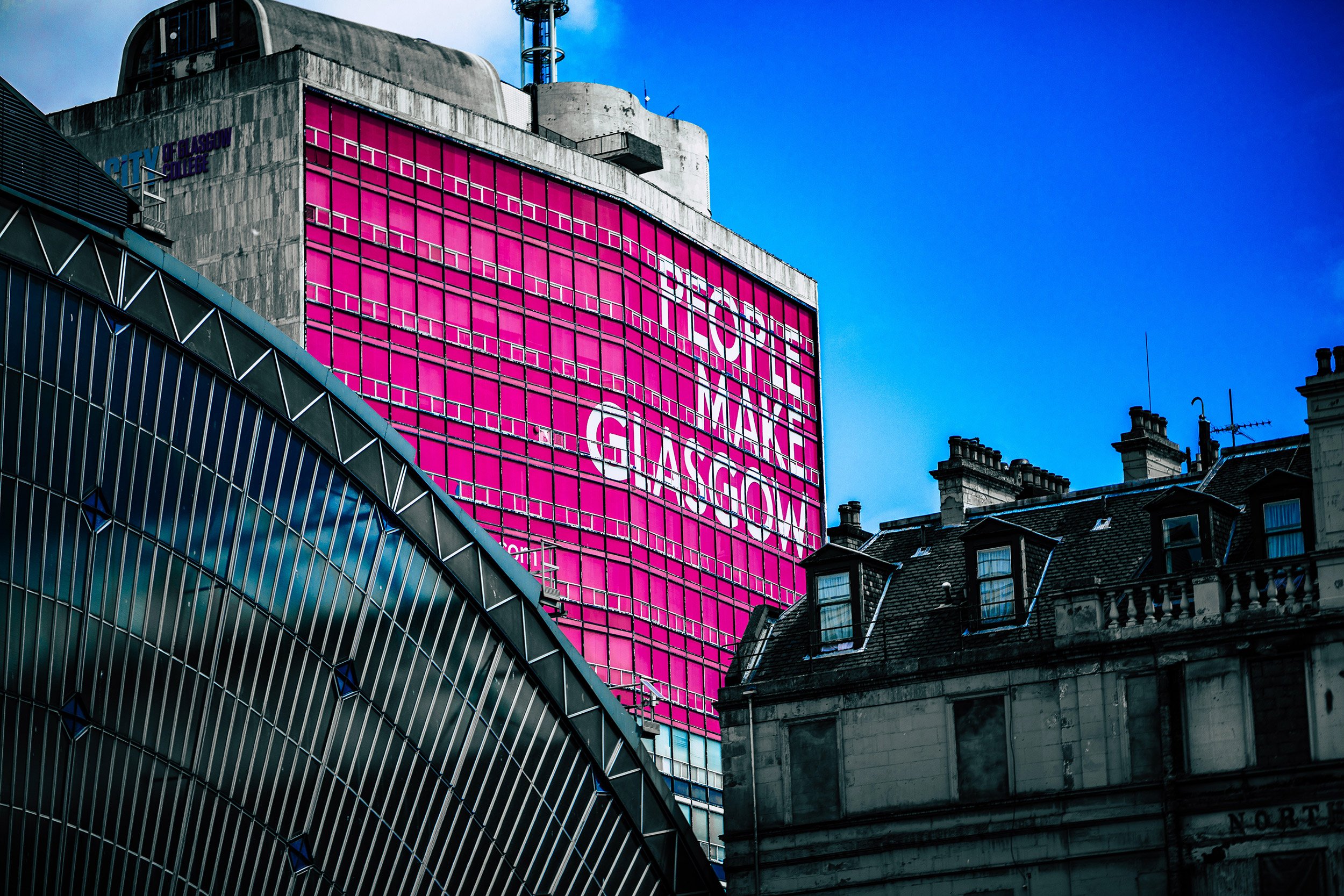
Leaping
We knew how important it was to the city of Glasgow to host the Commonwealth Games. Athletic teams from all over the world would be coming to the city to compete. We had to find a way to communicate the city’s great cultural heritage which is home to the great Charles Rennie Mackintosh, while also communicating the power and athleticism of the teams taking part.
Having identified key symbols and elements, the process was then about painstaking manipulation of the features to find the perfect layout and design.

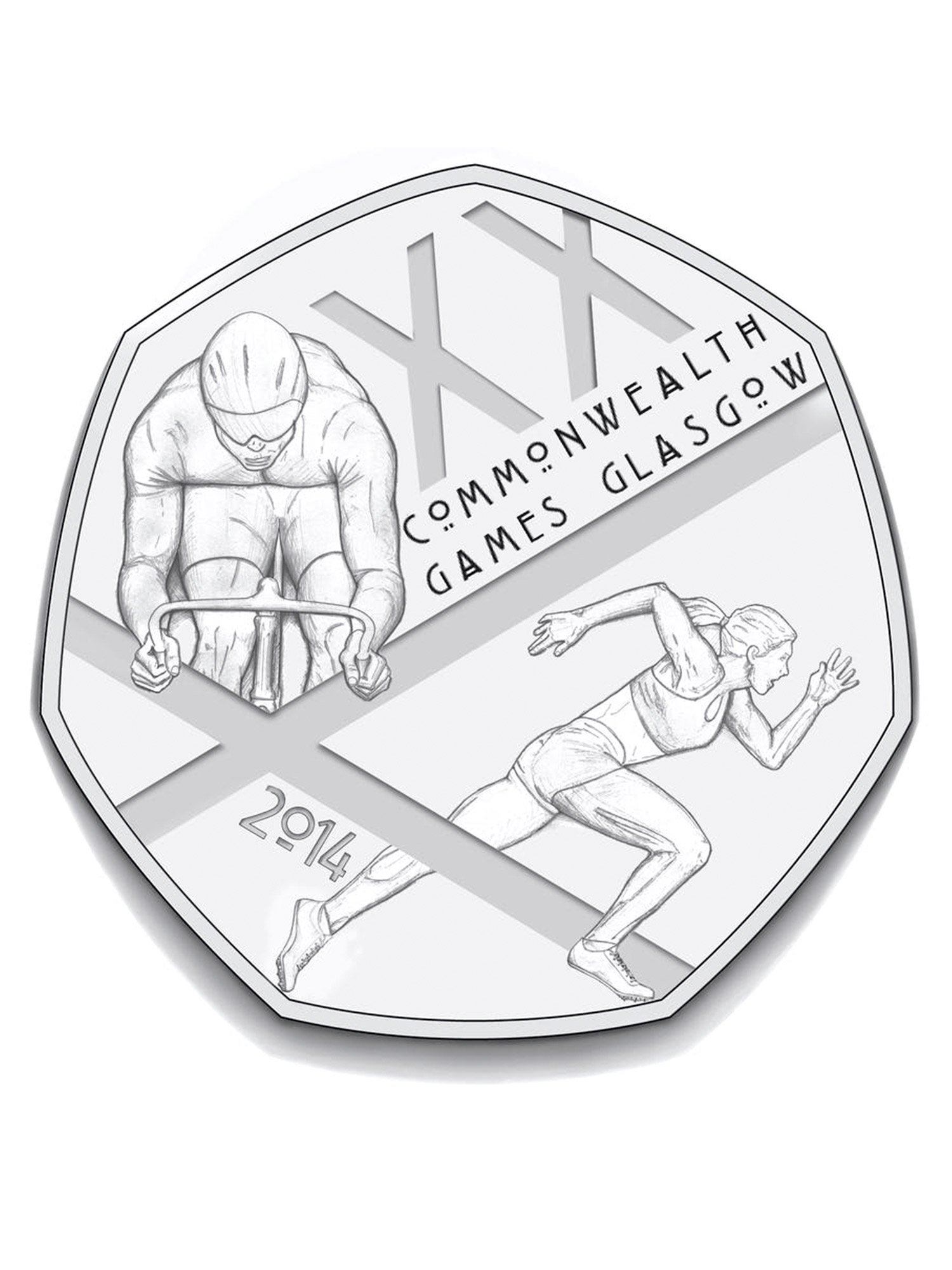
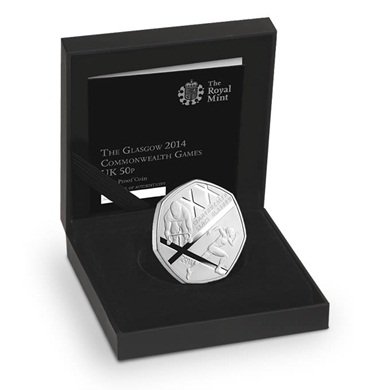
Landing
The successful design was for a coin that celebrated Scotland, where the Games were being held. A subtle Saltire, the heraldic symbol of Scotland is joined by lettering that uses the Charles Rennie Mackintosh font, a cyclist and a sprinter all within the 27.3mm diameter of the fifty pence coin.
The only people with their names on the coin are HRH The Queen and the initials of the young designer from tangerine who created the winning concept!
In 2017 the Royal Mint returned with a brief to design a £2 coin remembering the aviators in the First World War. The design shows two airmen – a pilot and his observer of the Royal Flying Corps performing a reconnaissance flight over an area of the Battle of Arras in April 1917. The land below the plane is depicted as a map, referencing the work of the RFC to survey the constantly changing landscapes beneath them.
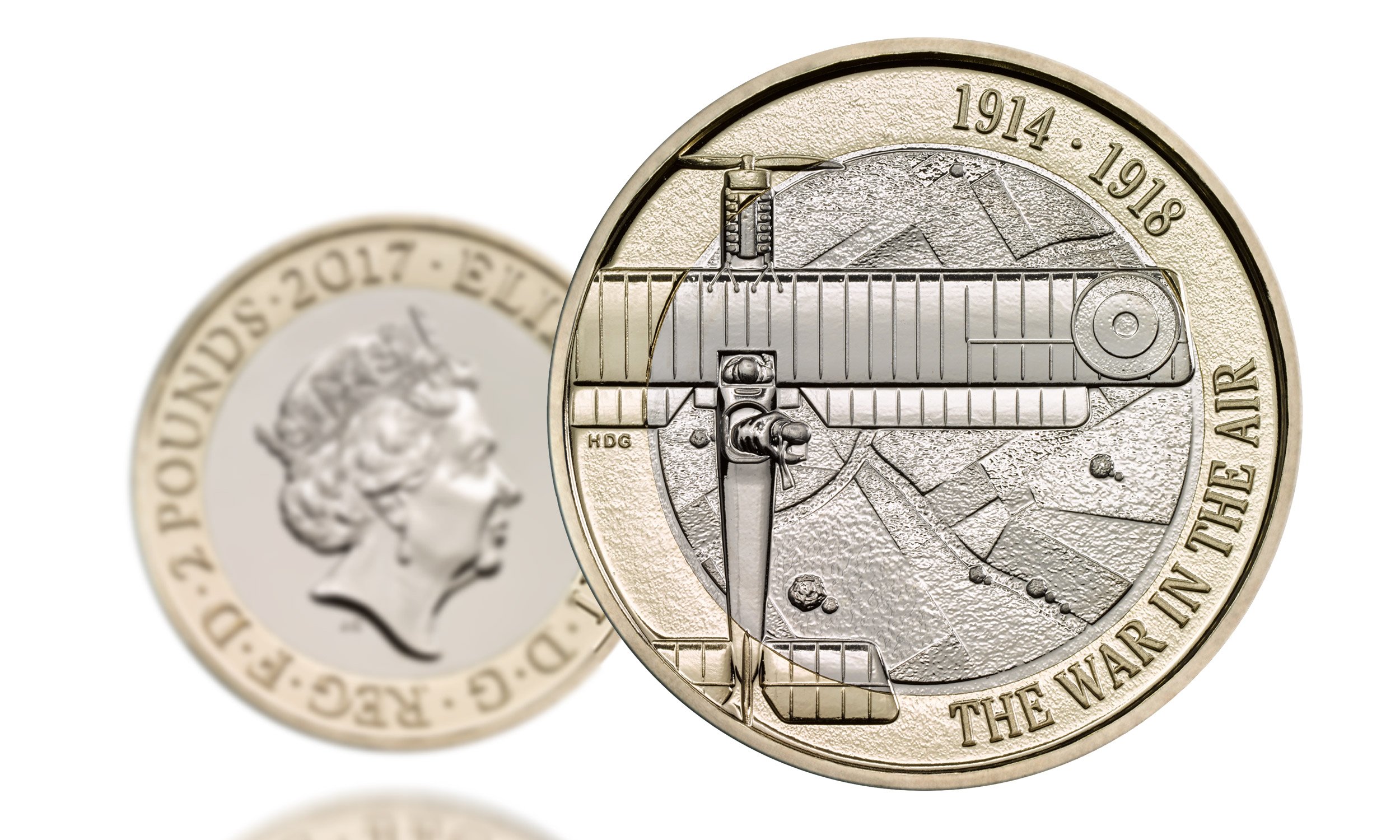
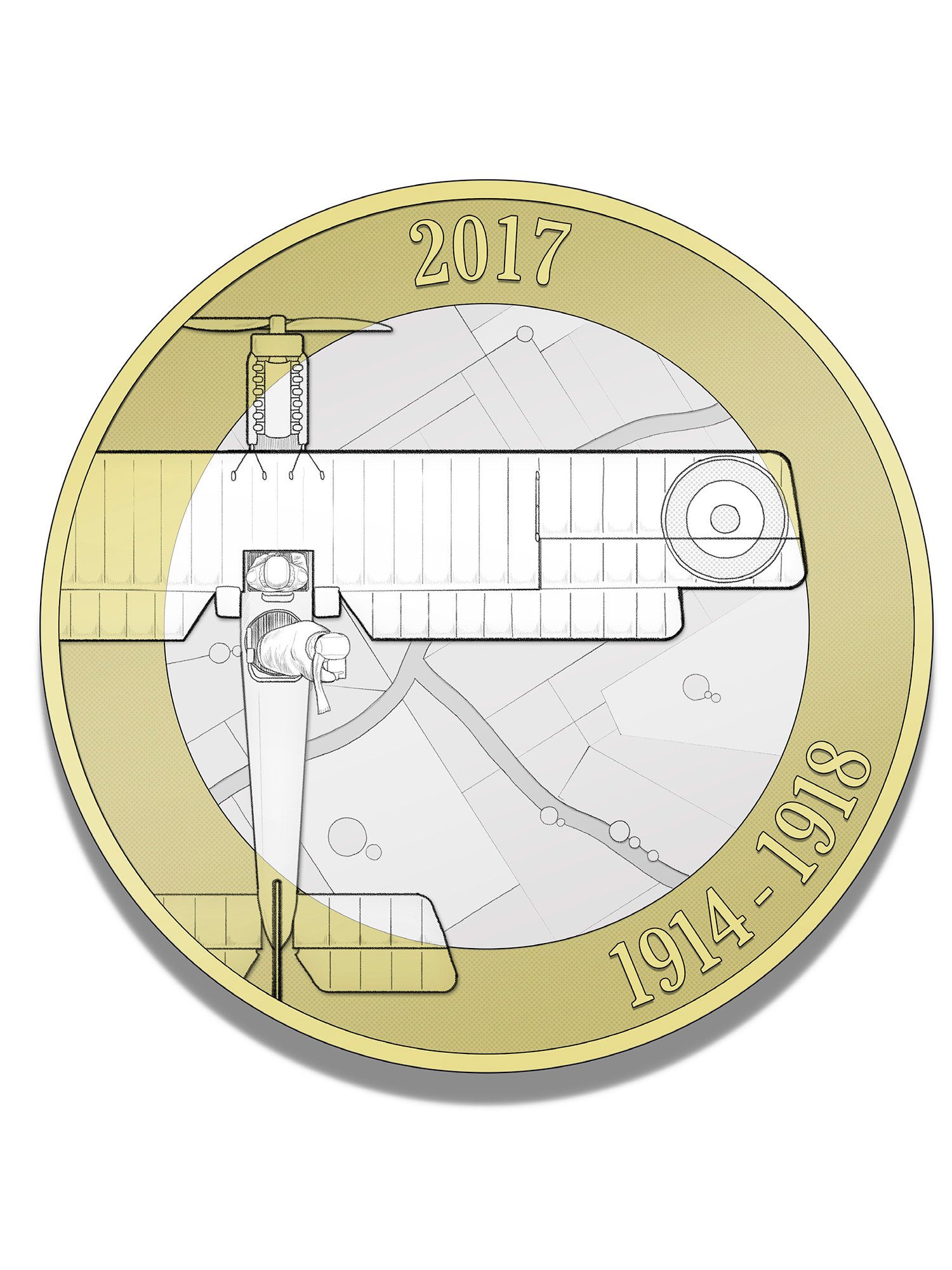
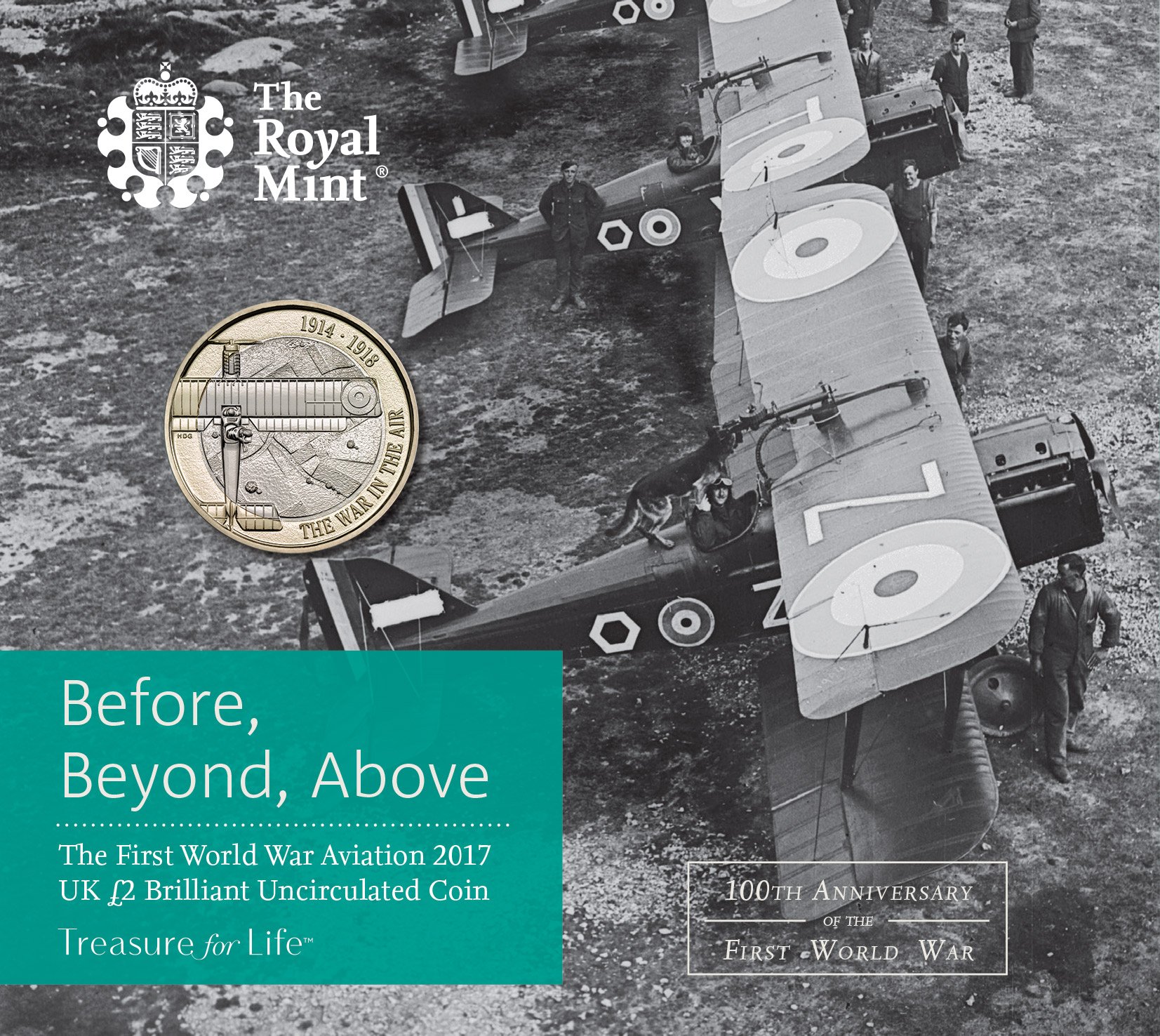
What the Committee loved was the tone of what tangerine did – the spirit, the imagination and the intelligence.
Dr Kevin Clancy, Committee Secretary and Director at the Royal Mint Museum



